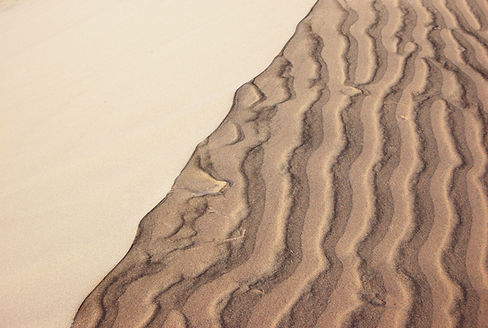The Pen-Making Process: A Technical Look
Every pen I create starts with material selection. I begin by choosing a blank, typically acrylic, wood, or hybrid, based on its grain pattern, colour depth, and suitability for the pen style. The material you choose will not only influence the pen's characteristics but also its final appearance. Once selected, I determine the pen kit (fountain or rollerball) that will best complement the material’s characteristics and dimensions.
Drillling & Turning
The blank is then drilled using a precision drill press to accommodate the correct brass tube for the pen mechanism. I use a wide variety of drill sizes, depending on the kit specification, to ensure the hole is clean, central, and accurate. The brass tube is inserted using a two-part epoxy or CA glue to provide a secure bond, then left to cure, often for several hours.
Once cured, I trim the ends of the blank flush to the brass tube using a barrel trimmer. Sometimes, I put them on a lathe. This ensures a perfect fit with the hardware components and eliminates blowout risks during the turning process.
The blank is then mounted onto a lathe between bushings matched to the pen kit. Turning is done with sharp carbide or high-speed steel tools, refining the blank to a balanced and ergonomic profile while maintaining clean transitions at the bushing lines.
I decide when turning whether to create a profile or a straight pen. The patterns tell me what they want to be.





Resin Finishing
Sanding is a critical part of the process. I dry sand by hand, starting at 320 grit and moving through 400, 600, 1000, 3000, 5000, and finishing at 7000 grit. This progressive micro-abrasion removes tool marks and gradually polishes the surface.
To complete the finish, I apply a high-quality plastic polish, buffed in gently by hand or at low lathe speed. This not only enhances clarity and gloss, especially in acrylics, but also provides a durable, tactile finish that resists micro-scratches and brings out the material’s full visual depth.
Before assembly, I run the polished ends of the pen part on as piece of fine sandpaper to remove any polish residue and the ensure the end is clean, then I use a drill with a polishing mop to remove and burr created.
The result is a precision-crafted writing instrument, one that’s as rewarding to use as it is to admire.


